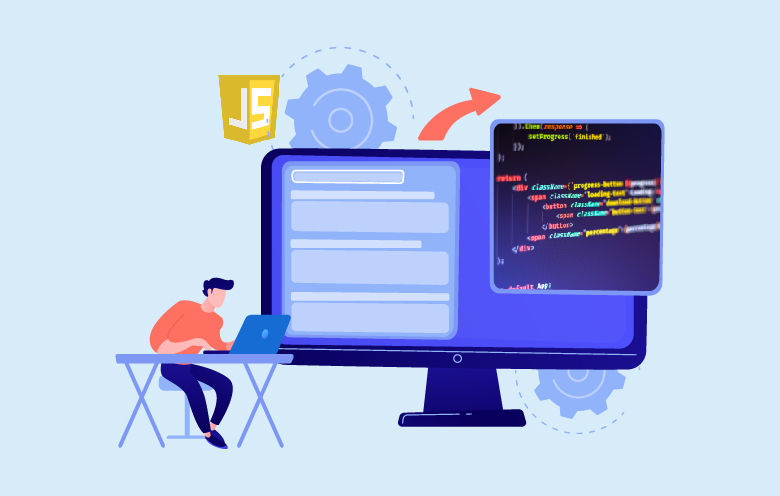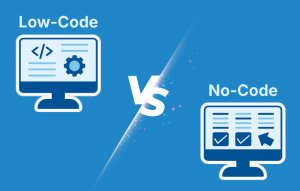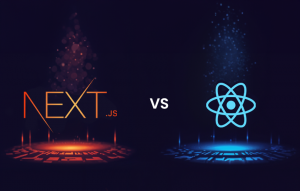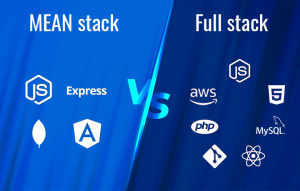In this fast-paced world, it is essential to bridge the gap between supply and demand. Similarly, in the digital world, users expect their needs to be met within a few clicks or taps. People can now easily order food online and have it delivered to their homes within the shortest time possible. We can have our ride waiting at our doorsteps within a few minutes of requesting it through an app. The world has become time intensive. If we don’t get what we have requested within the ETA provided by the service provider, we tend to become agitated.
This applies to the load time of any mobile or web application as well. If the average load time is longer than users’ expectations, it might cause visitors to bounce and look elsewhere. Here are some statistics from the Aberdeen Group Study that prove the statement mentioned in the previous line.
Every one-second delay in page load time results in the following:
- 7% decrease in conversions
- 11% decrease in page views
- 16% decrease in customer satisfaction
Single page applications (SPAs) aptly address all your web app development related challenges. We will explain what SPA is, what are its advantages, how to build a single page app and discuss some of the use cases in the blog.
What is SPA?
A single page application is an app that doesn’t require you to reload the page for multiple functionalities. It rewrites the current web page with new data from the web server, instead of the default method of a web browser loading entire new pages. This makes the load time faster than for multi-page applications, saving costs and time for users as well as companies.
If an e-commerce site is making $100,000 per day, a 1 second page delay could potentially cost them $2.5 million in lost sales every year. – A survey by Akamai and Gomez.com and reported by Kissmetrics
Instead of loading the information requested by users on the new page, SPA allows the data to be dynamically rewritten on the same page. SPA offers advantages like no page reloads and no extra wait time.
Single page application vs. multi page application
| Single page sites keep the user in single, interactive web space where content is displayed simply and easily. | Multi page sites allow users to navigate through different pages for various functionalities. |
| Single page application development involves an advanced JavaScript framework. | MPAs primarily utilize a server-side framework like ASP.NET (C#), Spring Boot (Java), or Django (Python). |
| SPA is responsive, uninterrupted and mobile-friendly. | MPA offers better information architecture. |
SPA and MPA both have their advantages and disadvantages. Depending on your requirements, you can opt for either of them.
JavaScript framework for single page application development
It was in the early 2000s that a change in web design and layout began to gain movement. ActiveX control was introduced in Microsoft’s (then-popular) Internet Explorer browser. It was used to send and receive data asynchronously. This led to a revolution when other major browsers started adopting it as XMLHttpRequest (XHR) API.
A native-like experience through SPA can be realized using only JavaScript, HTML and Cascading Style Sheets (CSS). Hence, developers started using APIs with JavaScript, HTML and CSS. This technique came to be known as AJAX – asynchronous JavaScript and XML.
Single page application design consists of various approaches. With today’s dynamic market and growing technology stack it becomes difficult to find the right implementation strategy and development goals. At Softweb Solutions, our adept software engineers have knowledge and experience with single page application frameworks. Using pure JS, its combination with React JS development, or other JS frameworks like Angular.js or Vue, we offer tailored solutions for SPA development.
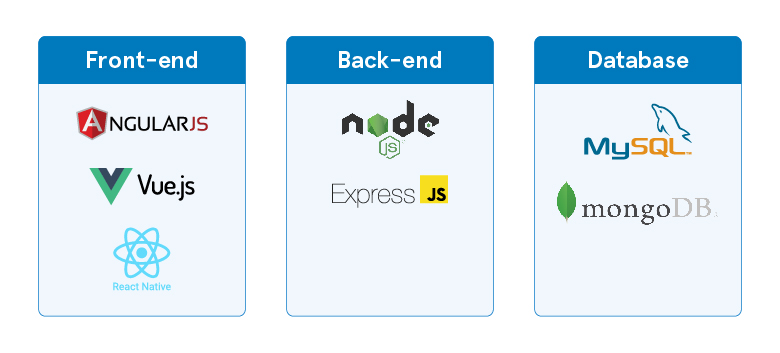
To get a better understanding on full stack technologies, read our blog: MEAN vs. MERN.
Use cases of single page application
Single page application gives a native-like feel to the browser. It is built in a way that it can run flawlessly on any device. Hence, e-commerce websites that want users to have an app-like experience on their web app can opt for SPA development.
For user-oriented apps, SPA is a boon. It can load faster and is responsive – qualities that users prefer when browsing. So, if you are looking for a loyal user base, implement SPA.
SPA is great when you need to give your users an intuitive and seamless user experience. Whether you want to launch a bigger solution, scale your existing solution, or share your brand story, SPA is one of the best options to choose from. Single page applications are best for the following solutions:
- Software as a Service (SaaS)
- Social networking websites
- E-commerce stores
- Landing pages
- Closed community web apps
A few world-renowned companies with single page applications:
- Gmail
- Google Maps
- Grammarly
- Airbnb
Benefits of single page application
SPA delivers dynamic updates and decreases server load significantly. Also, now more and more applications are being built on microservices architecture. Therefore, it becomes easier for companies that developed SPAs to experiment on and scale at a later stage. Microservices offer containerization that allows SPAs to be easily divided into small containers. This, in turn, allows the organization to further scale its solutions without worrying about major infrastructure change or higher downtime.
Advantages of single page applications:
Responsiveness
The user doesn’t have to wait after clicking a button for the required content to load. It is downloaded automatically at the beginning.
No extra queries to server
The server doesn’t require to perform multiple renderings. SPA allows the servers to take less load. This, in turn, helps to save time and money by using fewer servers.
Enhanced user experience
Google has calculated that by slowing its search results by just four-tenths of a second, it could lose eight million searches per day. With SPA, the company can easily avoid such losses. With better load time and responsiveness, businesses can offer enhanced site experience and retain their customers.
Better caching
If the network connection is poor, SPA allows the content to load immediately once the Internet connection is improved. Also, if the SPA is a landing page and the browser downloads the data once, in case of any cached changes, an application retrieves it asynchronously.
Improve customer retention with single page application development
SPA has its own set of advantages and drawbacks. It lacks SEO optimization. However, with new technological advancements and the right approach, this can be easily addressed. Moreover, with so many benefits that allow you to enhance user experience, it can be leveraged to get the load off the servers.
It is imperative to hire full stack developers who understand the importance of UI/UX and responsiveness in application development. With in-depth knowledge of frameworks and computer languages, our full stack development team offers seamless single page applications. If you are in a dilemma about building single page applications and MPAs, contact our experts to get a better understanding.


